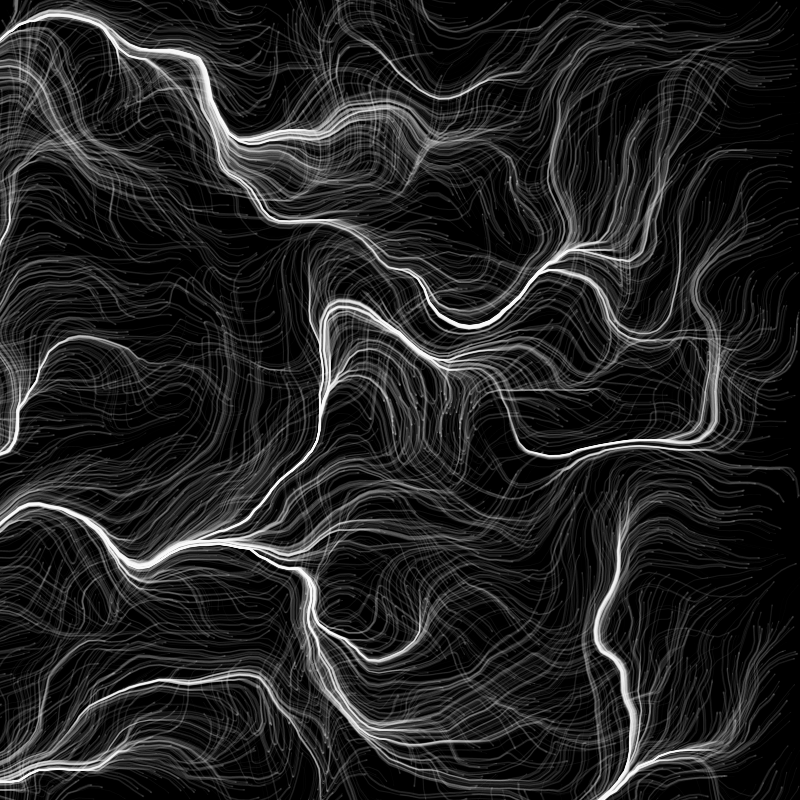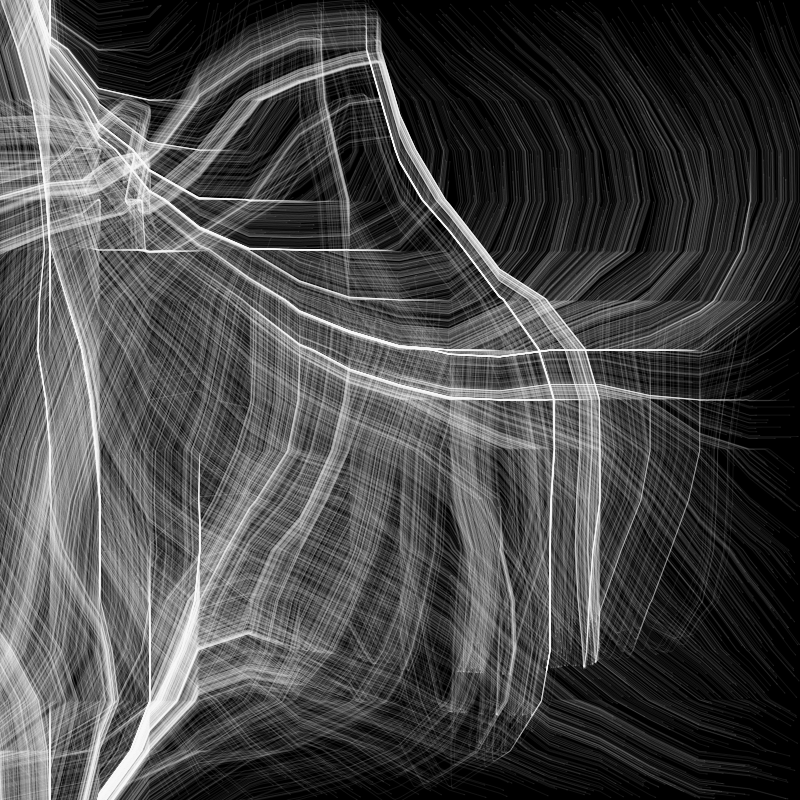In a recent Design Matters podcast, Debbie Millman talks with Doug Powell about using the skills learned in a design education beyond the confines of design. Designers, like John Maeda at Kleiner Perkins, are taking on new leadership roles that extend their skills and value.
I've heard people talking about design thinking for a while now. I've even seen Tom Kelley speak about it. But, for some reason, this time I was struck by how similar this sentiment is to my feelings about an education rooted in science.
A lot of the allure of design thinking, or approaching a problem as a designer, is the ability to bring creative problem solving skills and approach problems in new, creative ways. I feel that this is very similar to the way I approach problems as a scientist.
While science is sometimes characterized as rigid, I found the opposite. It requires the ability to approach open, ambiguous challenges with a mix of creativity, imagination, rational thinking and critical reasoning. It encourages its practitioners to ask questions and then actively explore them. It requires them to hold themselves to rigorous standards, to always be open to new ideas and concepts, and to accept that they may never know but keep exploring anyway.
This is the thinking that I attempt to cultivate when tutoring math and science. In the long run, it is not that important if a particular student remembers how to take an integral or the equation for Newton's law of gravity... they can always look it up. What is important is what I believe is the true value of a science education: Being able to tackle challenges with confidence and possessing a set of tools to start making progress.
I don't mean to bash on design thinking, I think it is incredibly valuable. I am just putting forth that scientific thinking can accomplish many of the same results. Yet, so much of the push for STEM education is so that there are more scientists and engineers in our country. I disagree, scientists and engineers are awesome, but what we really need is more science minded people who can approach ambiguous problems with logic and creativity.










